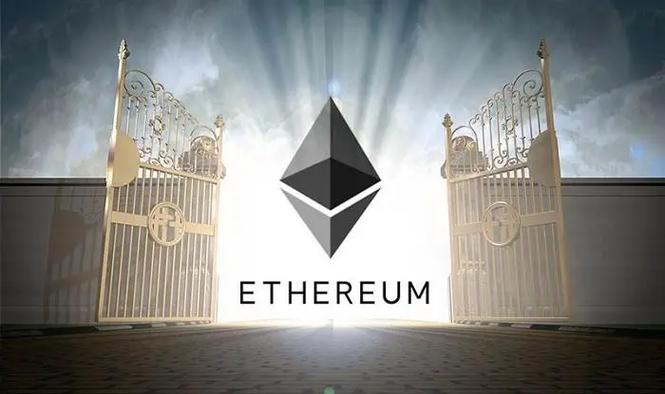
Have you ever wondered about the historical context of DAOs and their relationship with Ethereum (ETH)? The DAO, a significant event in the blockchain world, serves as a prime example of how smart contracts can both revolutionize and challenge the very fabric of decentralized finance. Let’s delve into the intricacies of the DAO-ETH saga, exploring its impact, the hard fork that ensued, and the lessons learned from this pivotal moment.
The DAO: A Brief Overview
The DAO, short for “Decentralized Autonomous Organization,” was a groundbreaking project that aimed to revolutionize the way businesses are run. It was a smart contract-based venture, built on the Ethereum blockchain, that allowed users to invest in a decentralized fund. The project was launched in May 2016 and quickly gained traction, raising an astonishing $150 million in just 28 days.

However, the DAO’s journey was fraught with controversy. A critical bug was discovered in its code, which allowed an attacker to exploit the system and siphon off approximately $50 million worth of ETH. This event became known as the “The DAO attack,” and it raised questions about the security and reliability of smart contracts and the Ethereum network.
The Hard Fork: A Necessary Evil
As the situation unfolded, the Ethereum community was divided on how to address the issue. Some argued for a “soft fork,” which would have allowed the network to revert the transaction and recover the stolen funds. Others advocated for a “hard fork,” which would have created a new blockchain with the funds intact, but without the attacker’s control.
Ultimately, the Ethereum community decided to go with the hard fork, resulting in the creation of Ethereum Classic (ETC) and the continuation of the original Ethereum network as ETH. This decision was met with mixed reactions, with some critics arguing that the hard fork undermined the principles of decentralization and immutability that underpin blockchain technology.
The Impact of The DAO Attack
The DAO attack had a profound impact on the blockchain industry. It highlighted the importance of rigorous testing and auditing of smart contracts before deployment. It also sparked a broader discussion about the role of governance in decentralized systems and the need for a more robust regulatory framework.
Since the attack, the Ethereum network has made significant strides in improving the security and reliability of smart contracts. The Ethereum Foundation has implemented various measures, including the introduction of the EVM (Ethereum Virtual Machine) and the development of new standards for smart contract development.
The Lessons Learned
The DAO attack served as a wake-up call for the blockchain community. It taught us that even the most innovative and promising projects can be vulnerable to security flaws. It also emphasized the importance of collaboration and communication within the community to address such issues effectively.
Here are some key lessons learned from the DAO-ETH saga:
| Lesson | Details |
|---|---|
| Smart Contract Security | Rigorous testing and auditing are crucial before deploying smart contracts. |
| Community Collaboration | Effective communication and collaboration are essential for addressing security issues. |
| Decentralization and Immutability | While important, these principles must be balanced with the need for a robust regulatory framework. |
In conclusion, the DAO-ETH saga is a testament to the transformative power of blockchain technology, as well as its inherent risks. The lessons learned from this event have shaped the development of the Ethereum network and the broader blockchain industry, ensuring that future projects are built on a more secure and reliable foundation.





